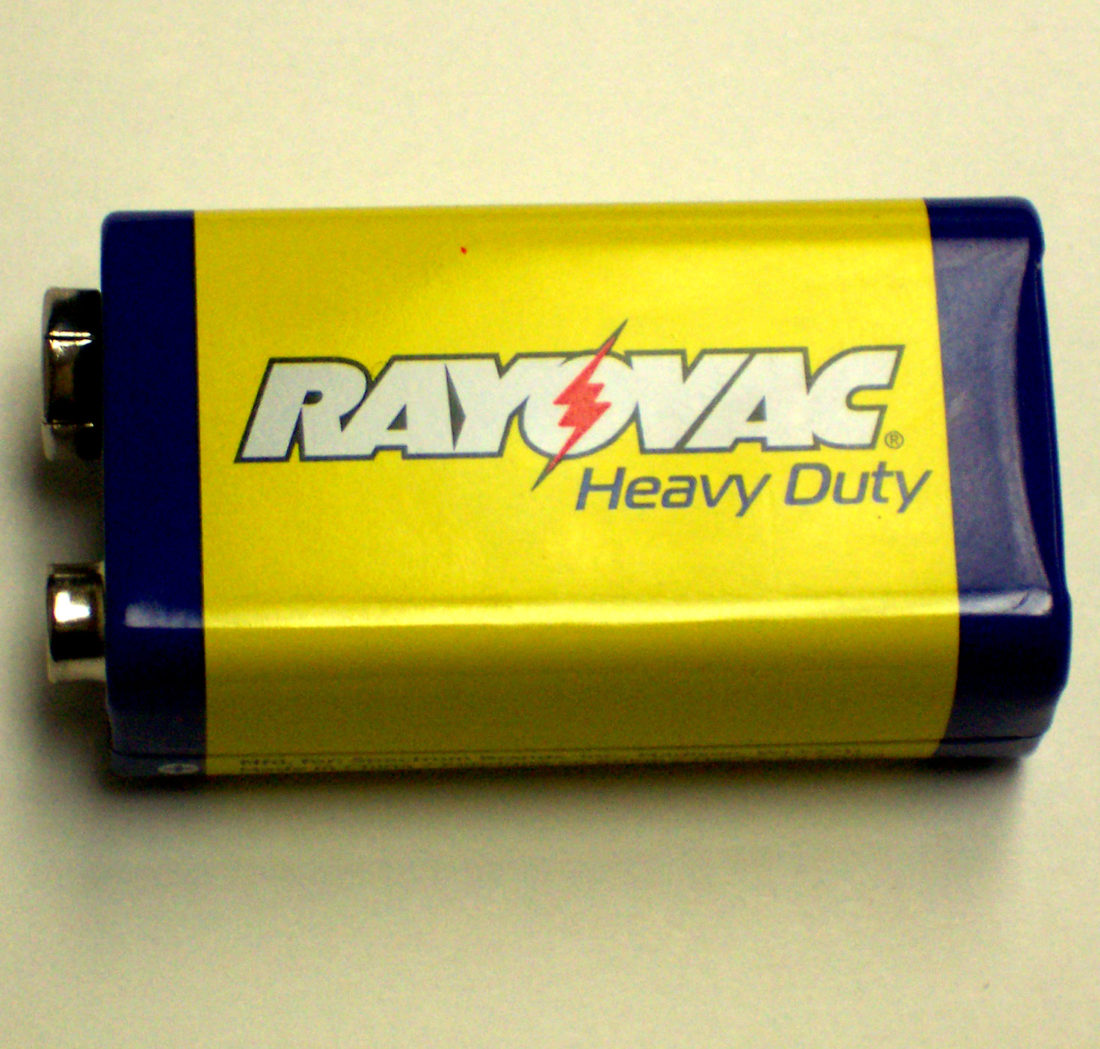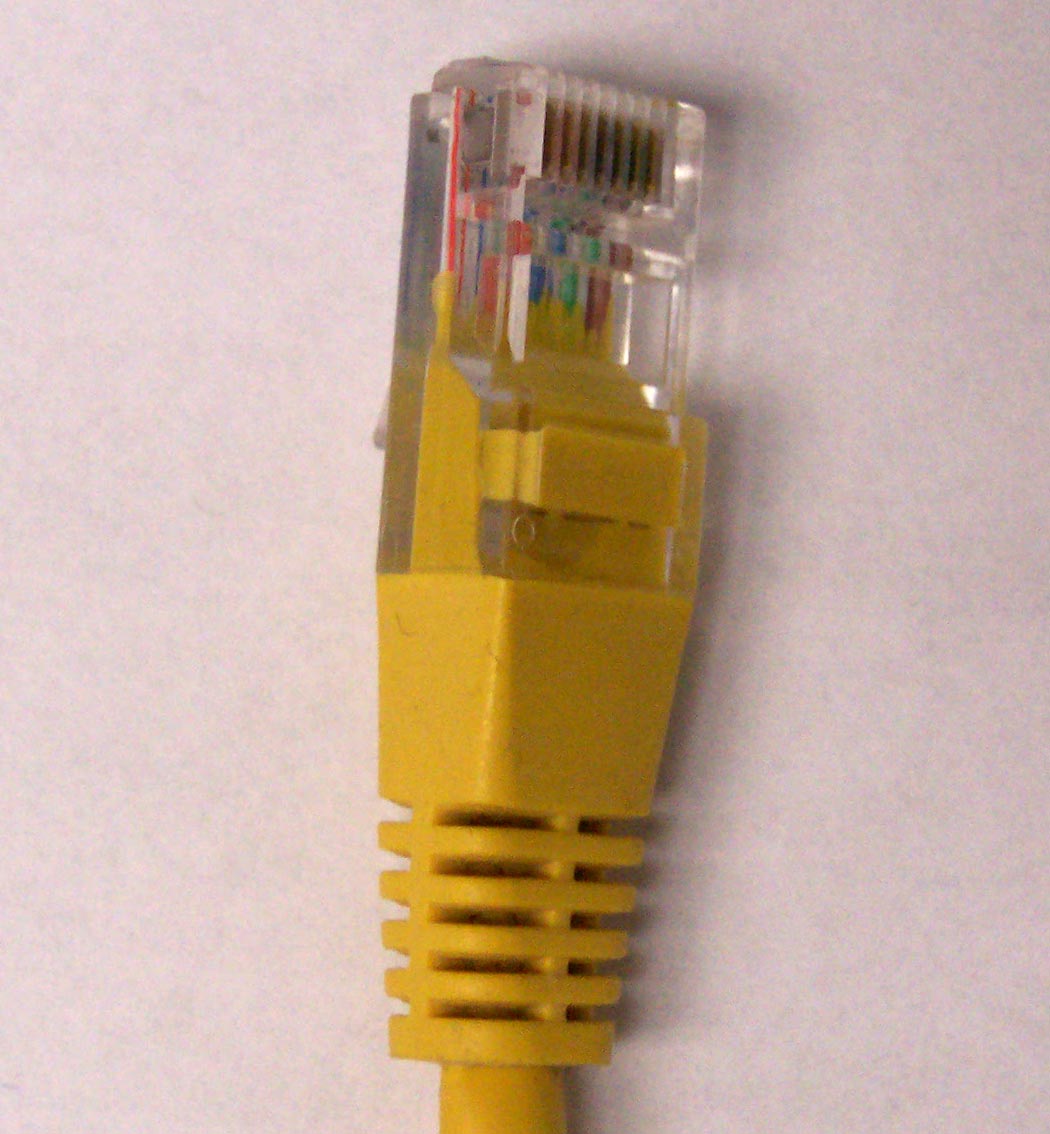PIGGYBACK DATA ON HD-TVI AND HD-CVI
PIGGYBACK DATA ON HD-TVI AND HD-CVI
By: Don McClatchie
The new HD-TVI and HD-CVI video cameras have opened a new path to High Definition video with better pricing and no requirement to mess around with networking tasks. As a bonus, these cameras use the same coaxial cable originally installed for the standard definition video cameras and they use fewer wires than the IP video cameras. When installing the HD-TVI and HD-CVI cameras you may have need to send data signals back up the coax cable to control the (PTZ) Pan Tilt Zoom functions on a camera or to return signals from an access card reader, point of sale cash register or other control equipment.
The most commonly used formats for this type of data is RS422 and RS485 for 10 Mbit/s signals because it will travel long distances up to 4900 feet without degrading the data. RS422 is normally transmitted on a single pair of twisted wires as a balanced signal when only one-way transmission is required. This form is most commonly used for PTZ, cash register data, and access control systems. RS422 is designed for one transmit location and up to 10 receive locations.
The RS485 system is used when two-way communication is required. It is also transmitted on a balanced twisted wire pair but it can send as well as receive signals in what is called half duplex mode. That is when only one signal is sent and received at a time, so they share the twisted pair wires half of the time sending in one direction and the other half sending in the other direction. Full duplex transmission can be had using either RS422 or RS485 by using two sets of twisted pair wires, however in most cases two-way communications is not required. The RS485 will allow for many transmit locations and many receive locations on the same pair of wires in half duplex mode.
So, when you are replacing old standard definition cameras with new HD-TVI or HD-CVI cameras and you need to have PTZ control or any RS422 data you will need to have a pair of data wires running alongside the coaxial cable. If you find that it is difficult to install the data wires there is a way to put the RS422 data onto the existing coaxial cable and deliver the signal to the other end of the cable without interfering with the HD video signal.
By adding a small device to each end of the cable in-line with the video, you can inject the RS422 data control signal onto the cable then recover it on the other end of the cable so you can run the data in either direction to meet your requirements.
The DLT/DLR-1 is used to add data capability to any coaxial cable when data wires are hard to run or the coaxial cable is in-accessible. It takes the RS422 data signal and converts it for use on the video cable without interfering with the existing video, then at the other end of the cable it recovers the RS422 signal to complete the control path.
The HD-TVI or HD-CVI camera signals loop through the units at each end of the system and provides the RS422 data signal when it is difficult or to costly pull the data wires. This bock diagram shows how the DLT/DLR-1 units are installed on the cable.
For cash register data and other data that must be transmitted from the camera to the receiver point the data is running in the opposite direction from the video, so you reverse the transmitter and receiver positions because the data can be run in either direction on the coaxial cable. To learn more about this equipment and to get pricing call me at 1-800-235-6960 or Click Here to See More.
P.S. If you need access relay control over the same coaxial cable we have equipment that will do that also called ATU/ARU-2. Click here to See More about the ATU/ARU-2.







